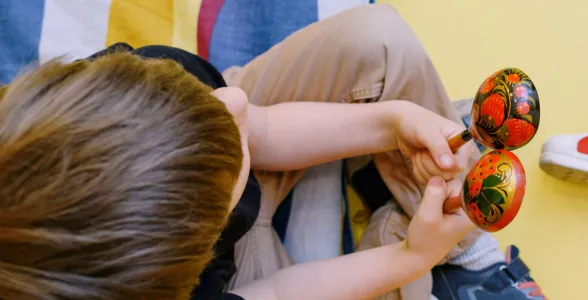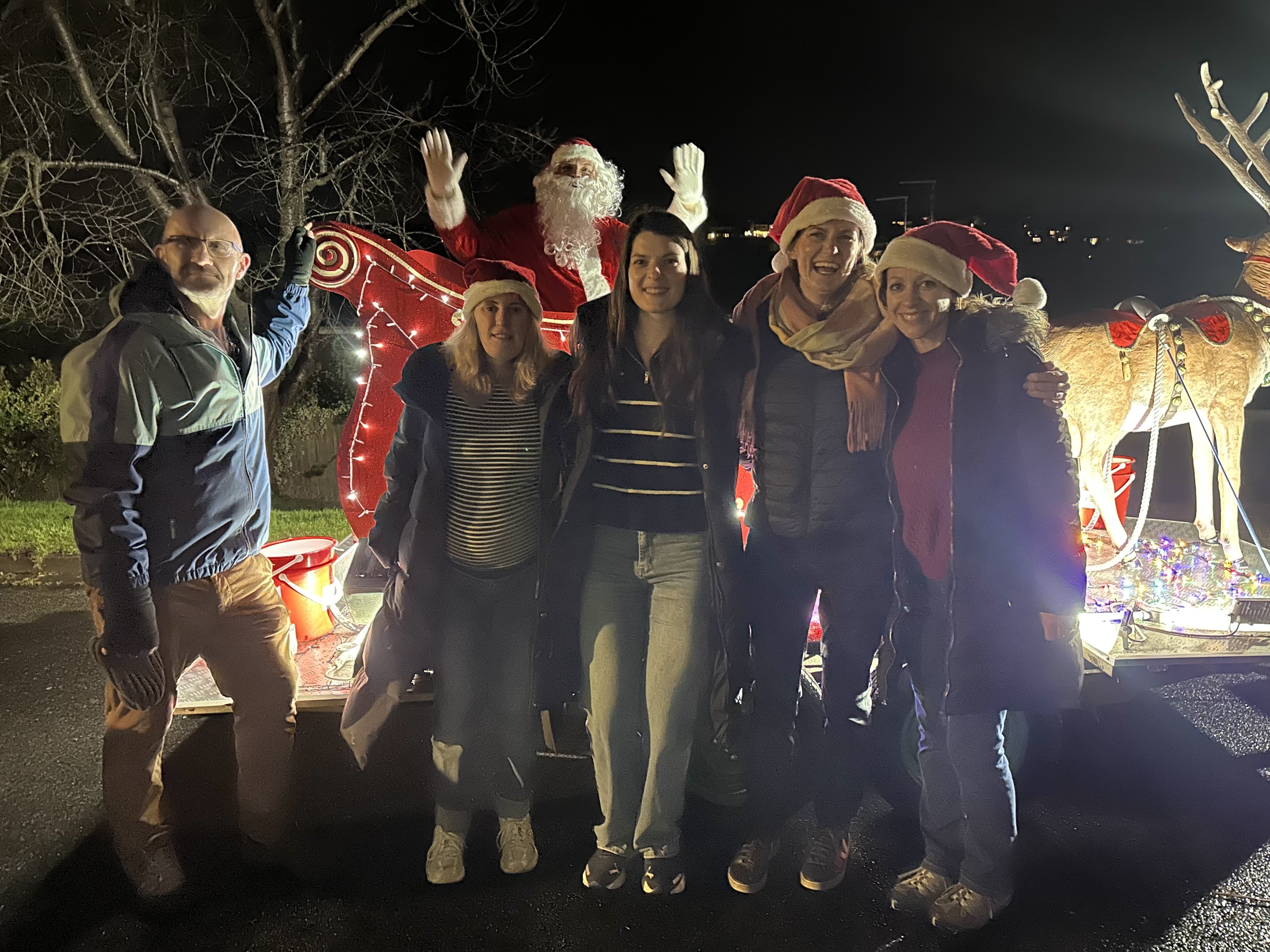
The Reminiscence Bump
There continues to be an increasing amount of research into the benefits of music and music therapy for older people, and particularly those with dementia and Alzheimer’s (check out the brilliant research currently underway at Cambridge Institute of Music Therapy)!
Whether it’s learning to play an instrument, singing or simply listening to music alongside other activities, researchers are keen to know how and why it helps.
Most of us will have experienced a strong, emotional response to particular pieces of music at some point in our lives and as we get older, these connections can be experienced as powerful memories that evoke emotions whenever the music is heard. As Music Therapists, we harness these responses to help people in a variety of ways, primarily using live music, which we can adapt and alter to suit the mood, movements and aim of the moment and patient we are working with. But what music do we use and why?
Often, the music that a person listened to as a teenager and into early adulthood evokes stronger responses than music from other periods of life. The theory behind this is not specific to music and is a phenomenon called the ‘reminiscence bump.’ It has been researched using various approaches, from the 1980s to a 2020 study by Jakubowski, which looked at reminiscence bumps for music-related memories in adulthood. It relates to the concept where people appear to remember events more intensely if they happened during their teenage years. The reason for this is not actually to do with the events themselves (or in our case, the music they heard), but is to do with the way the brain encodes memories more deeply during this period. Changes in the limbic system, in addition to an influx of hormones and dopamine, all create changes in the pathways for how memories are laid down and later recalled.
A persons’ musical history and preferences are hugely important to us as Music Therapists, and we often use a client’s teenage years as a starting point for connecting with someone with dementia. But there is a great deal that anyone supporting someone with dementia can do from a musical perspective, regardless of your own musical background. Simply listening to music that is meaningful to that person, together with them, can be a very simple but effective way of connecting with them. Holding someone’s hand, tapping your fingers or feet along to the beat or humming along with the melody are all ways to engage in a shared listening experience with someone.
It might feel strange not to be talking and just listening, but these quieter moments reduce the expectations of verbal communication for both of you and can create some special moments and memories of your own to reflect back on in challenging times ahead. Be encouraged to ‘use’ music every day, listening a few times a day for ten minutes or so, tap your teaspoon on your cup as you listen to the radio (check out the brilliant M4D radio), take any opportunity to move and sing to music, hum, clap your hands to the rhythm – the possibilities are endless! Don’t underestimate the power that making music has to become a transformative thread in someone’s everyday life!
https://musicfordementia.org.uk/
https://www.chilternmusictherapy.co.uk/stories/support-dementia-alzheimers
Support our Work
Help us to provide Music Therapy to the most vulnerable and isolated members of our society
Donate here

.webp)


.png)